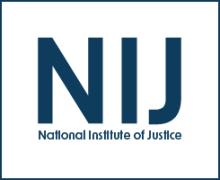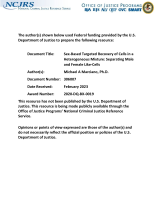Impact of Meditation on Mental Health Outcomes of Female Trauma Survivors of Interpersonal Violence With Co-Occurring Disorders: A Randomized Controlled Trial
NCJ Number
306866
Journal
Journal of Interpersonal Violence
Date Published
2017
Publication Link







